Design The Lans For Each Floor The Distribution Layer Backbone

There is overlapping information in those 2 readings the 1st source will help you with a simplified review and a summary of network infrastructure design principles.
Design the lans for each floor the distribution layer backbone. Two main readings for this topic are an excerpt from cisco networking simplified and chapter 3 from the o reilly book. Specify where the network equipment would be placed use the floor plans provided. The required maps for your design are listed below. Room that contains the core switching environment.
Draw where the network equipment would be placed use the floor plans provided 2. Design the lans for each floor the distribution layer backbone that will connect the different floors in the building and the part of the network that will connect into the campus core backbone. Design the lans for each floor the distribution layer backbone that will connect the different floors in the building and the part of the network that will connect into the campus core backbone. In another approach to access and distribution layer design you can use layer 3 beyond just the core and distribution layers and configure layer 3 all the way into the access layer.
The core layer is a high speed switching backbone and should be designed to switch packets as fast as. Your team was hired to design the network for this res idence hall. The local access layer that provides workgroup user access to the network. Room on each floor acting as a distribution point.
Function of the core layer. Physically a traditional network design would likely see these utp cables backhauled from the individual rooms to a comms. Draw where the network equipment would be placed use the floor plans provided the first floor has an open lobby with a seating area and separate. The distribution layer that provides policy based connectivity.
The backbone core layer that provides optimal transport between sites.
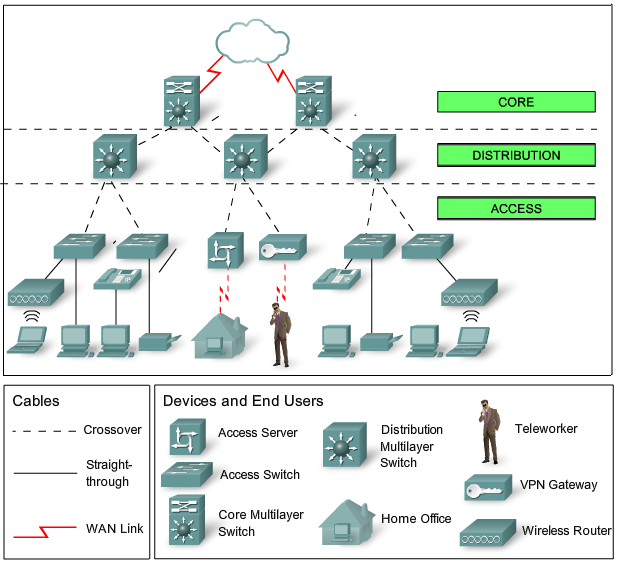

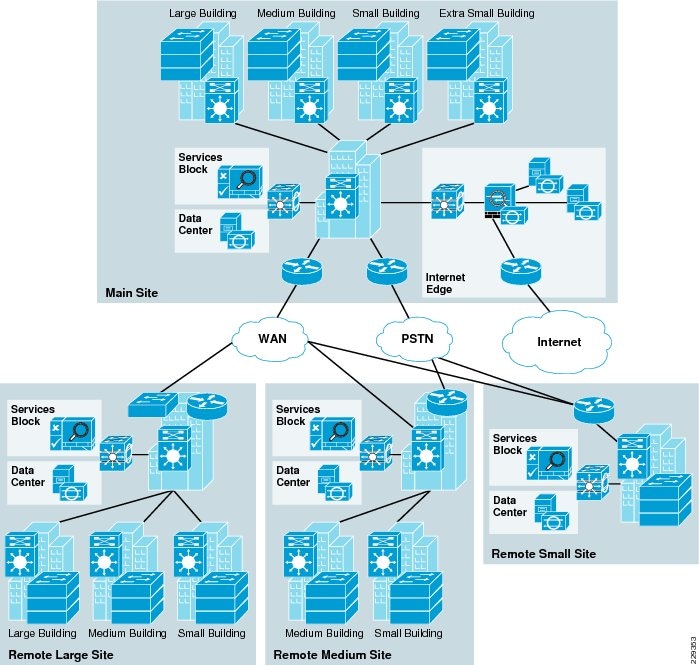


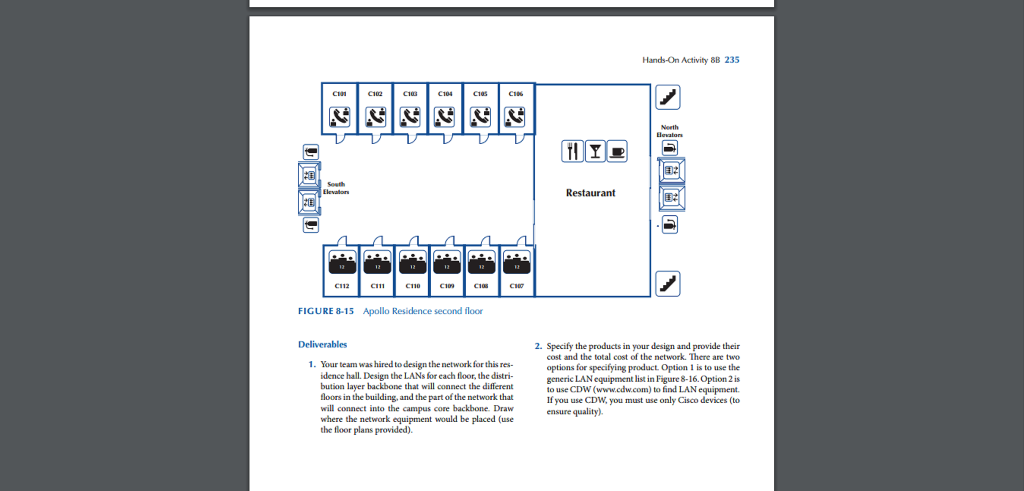

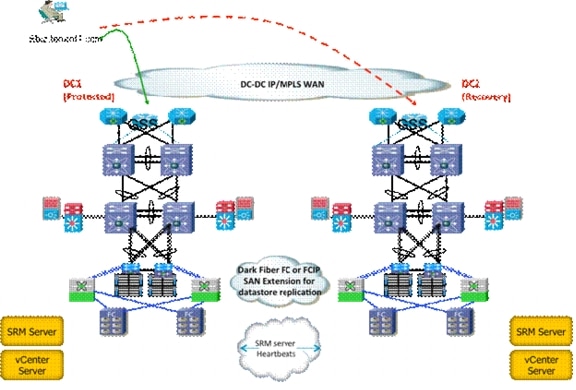

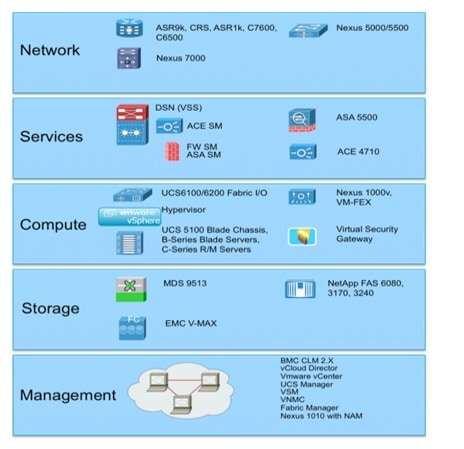


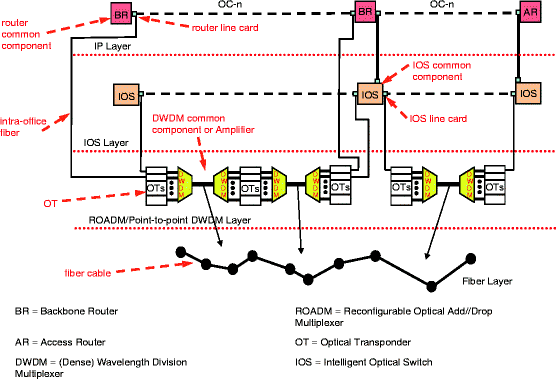

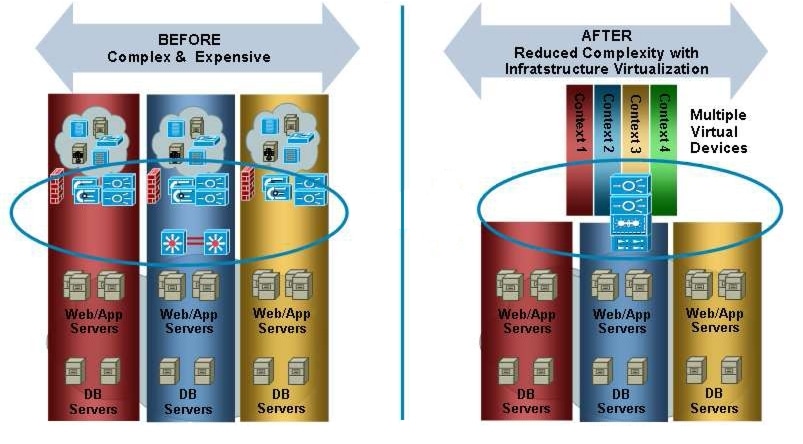



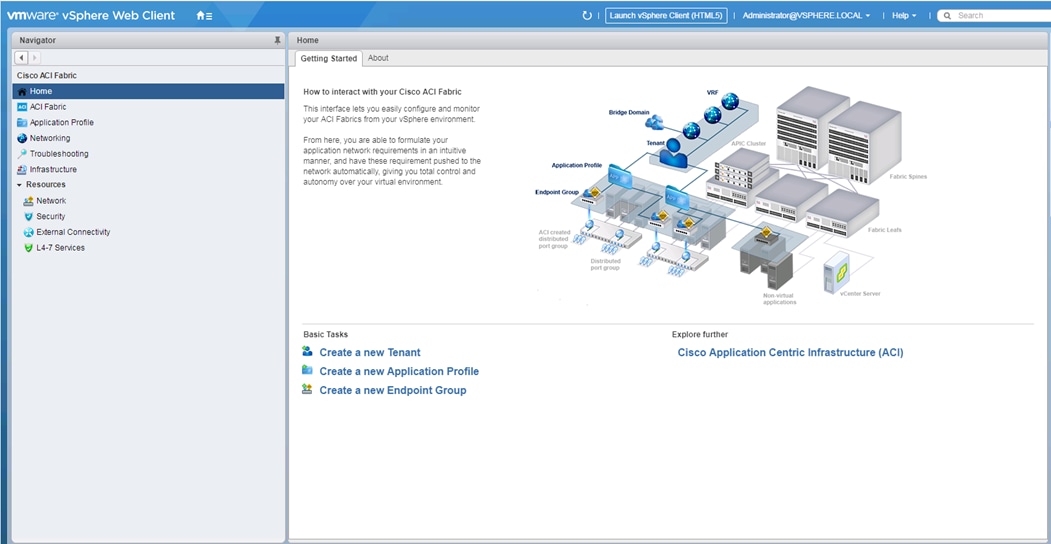
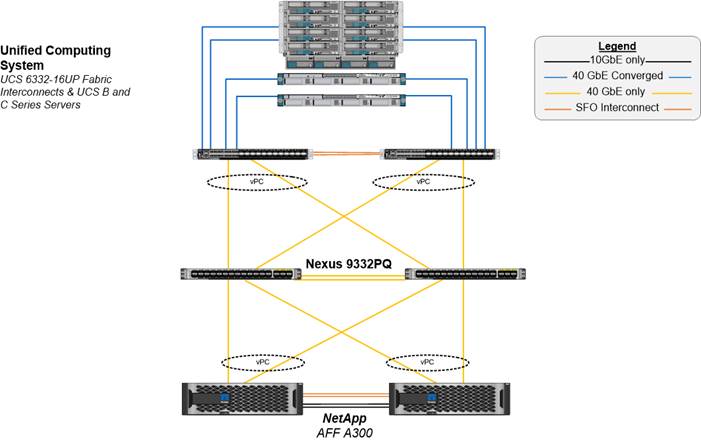





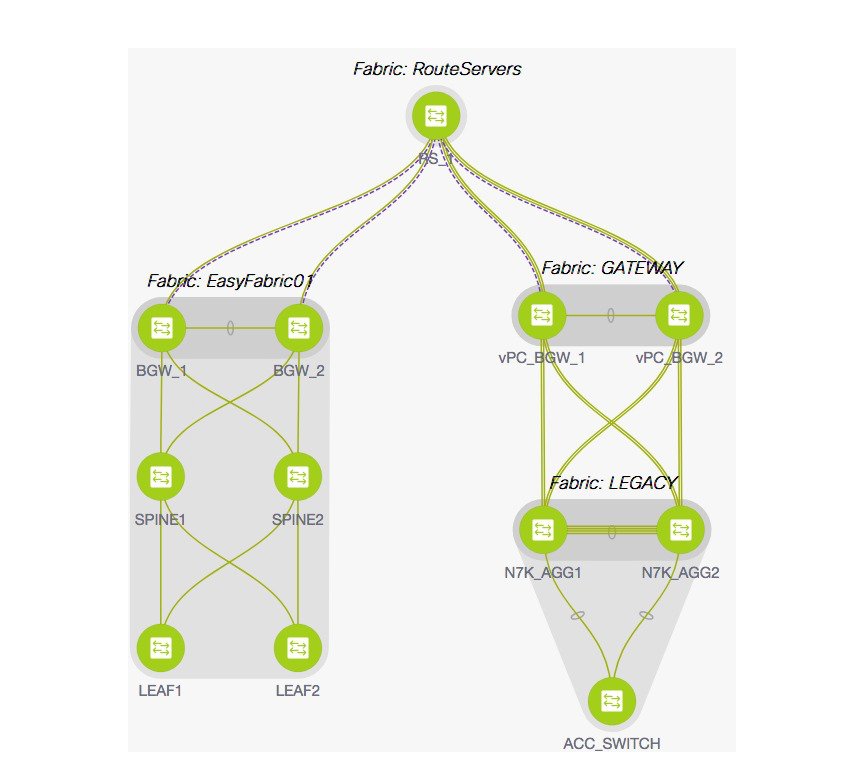


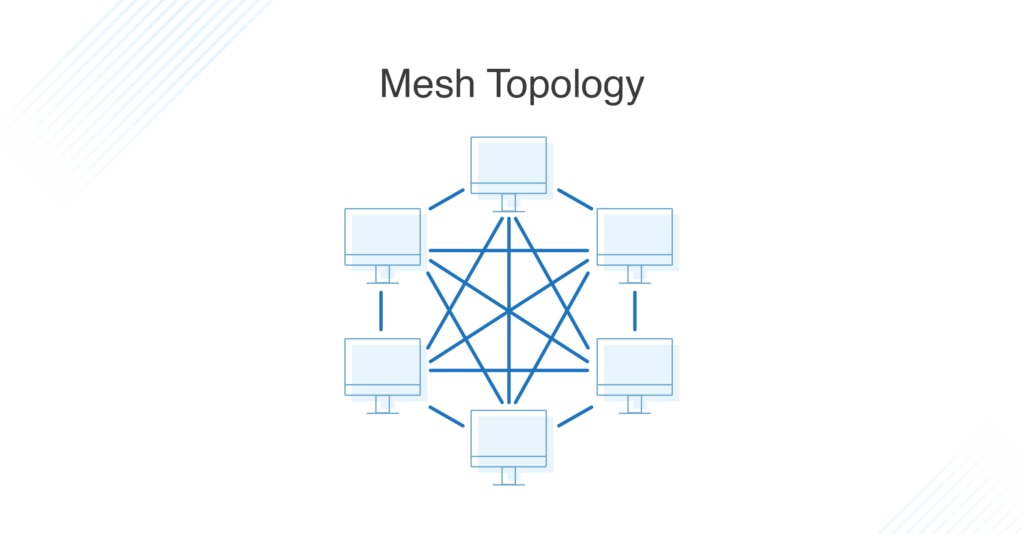











.jpg)